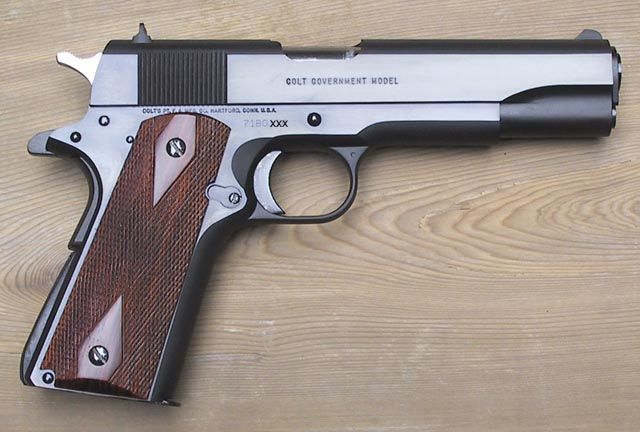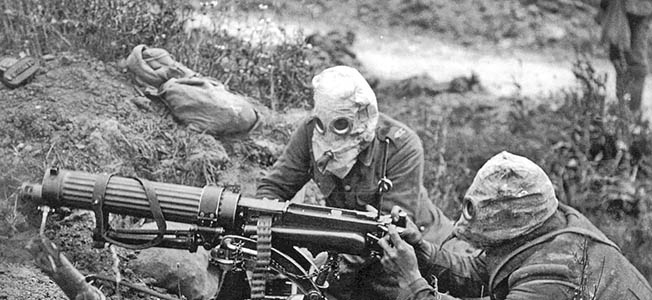
The Colt M1911, designed in 1897 by John Browning, is a recoil-operated, single-action, semiautomatic, magazine fed, hammer-fired handgun chambered in .45 ACP. It was the standard sidearm in the United States armed forces from 1911 to 1985, when it was replaced with the 9 millimeter M9 Beretta.
This handgun saw service in the trenches of WW1, to the beaches of Normandy, In the jungles of Korea, and the tunnels of Viet Nam. Though it could only carry 7 rounds in a magazine, it was preferred due to its bigger cartridges compared to most of their enemies’ 9mm.
When the trigger is pulled the hammer on the back of the slide hits the firing pin, and shoots out the bullet. the bullet being shot causes gasses to be released, causing the slide to go back, consequently ejecting the case and cocking the hammer. Then the slide comes back forward and the next round is chambered.

